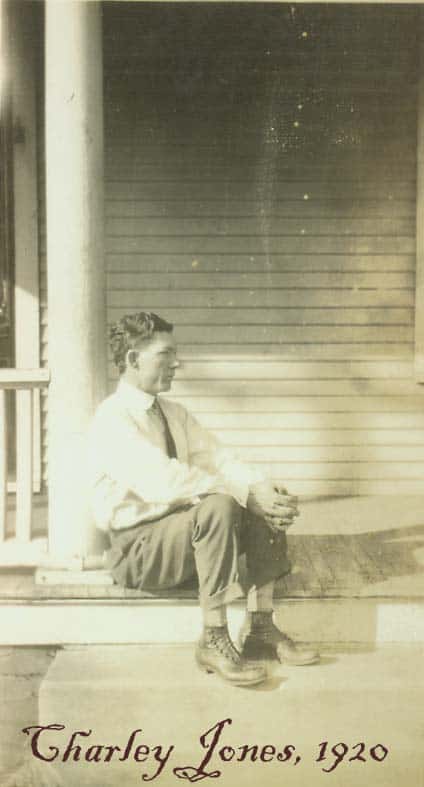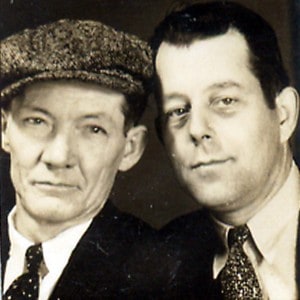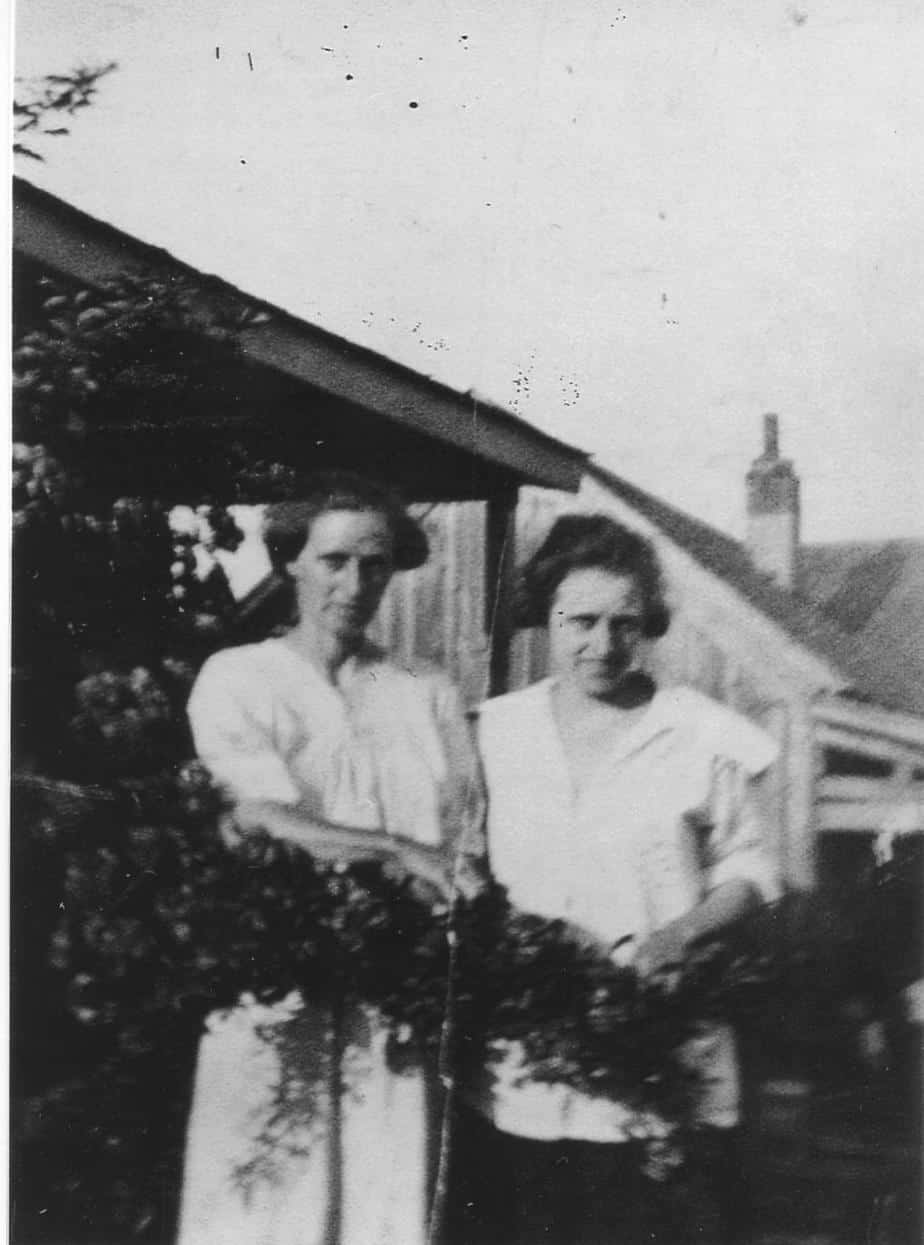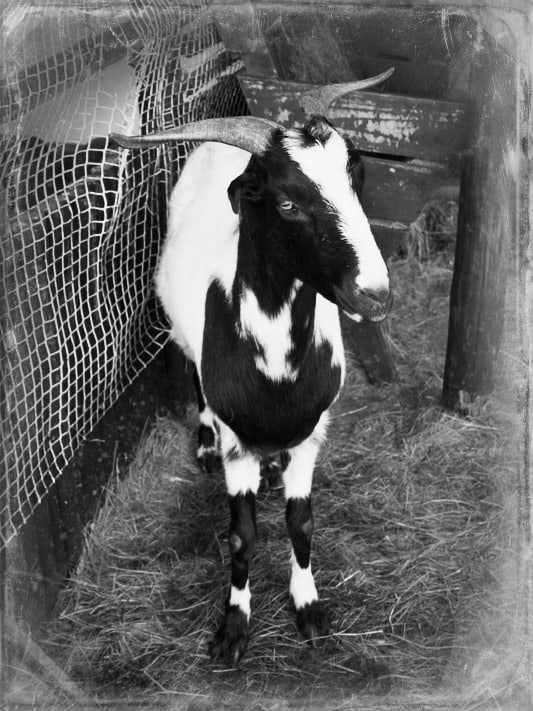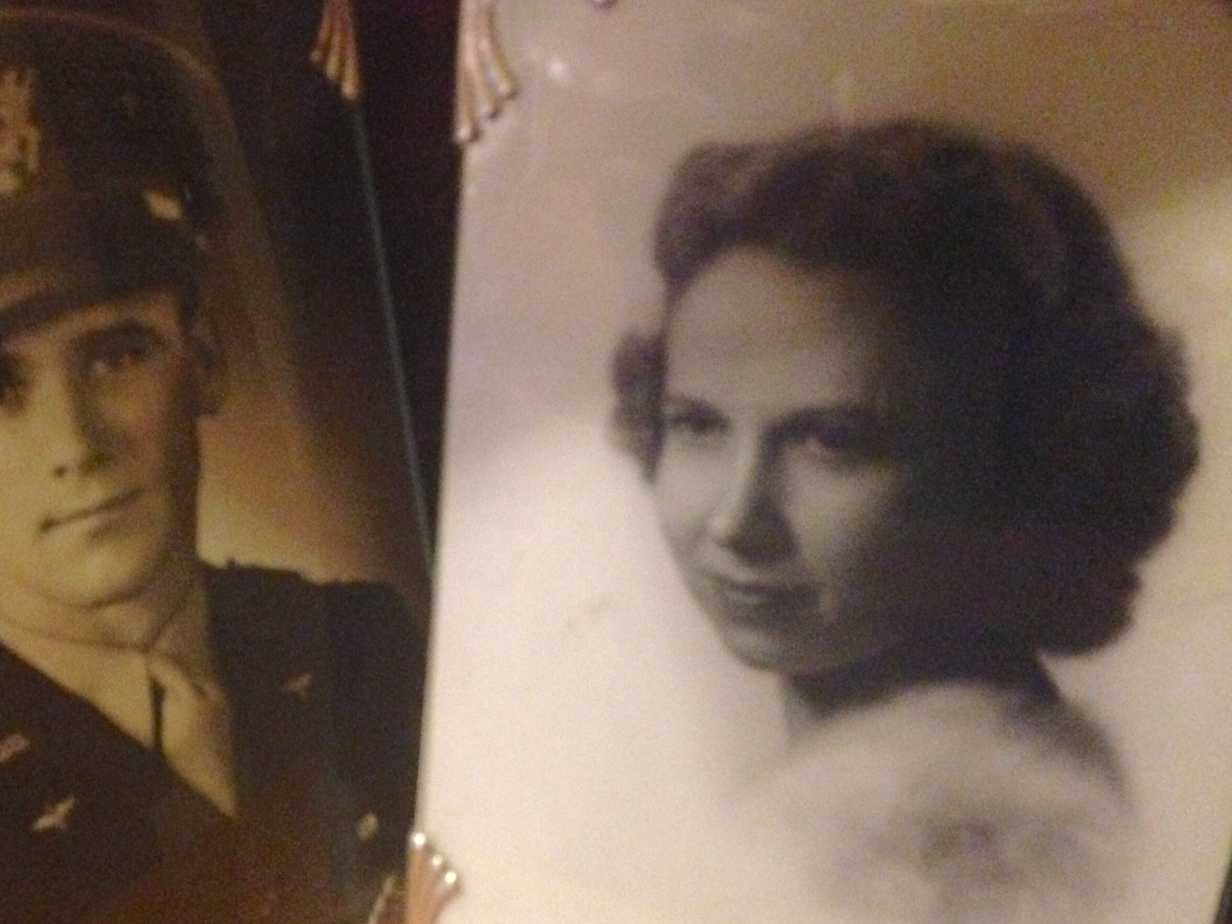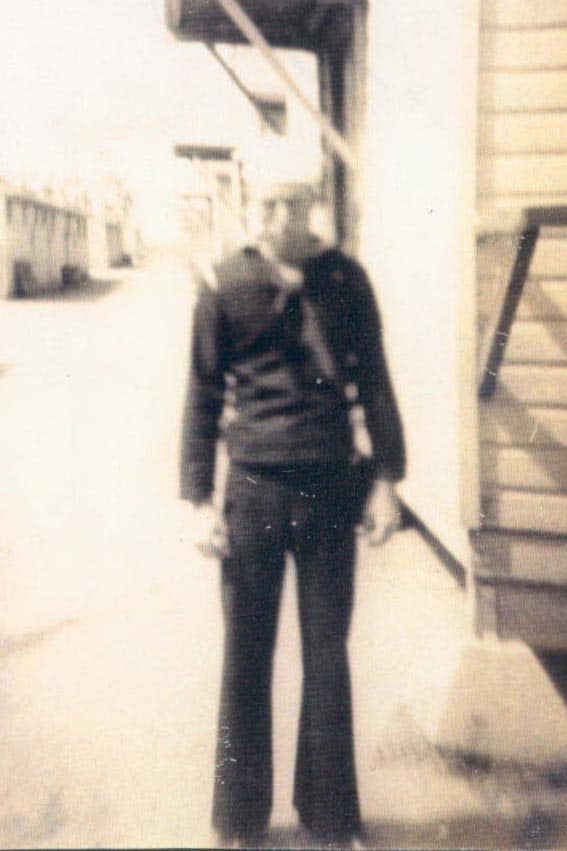52 Ancestors #16: The Man, the Myth, the Mob
When I was a little girl, my bedroom door was right across from the “family portrait” section of the hallway. Portraits of my dad’s grandparents, great grandparents and an as of yet unnamed female (presumably a 2nd great grandmother) hung there. My bed was, unfortunately for me, positioned so I could stare back at the faces staring at me from behind their protective glass.
If you’ve ever paid attention to portraits from the 19th and early 20th centuries, nobody ever smiled … or barely smiled. My great-grandpa Charley Jones hadn’t smiled in his portrait, and it scared me. He had, however, stared directly into the camera when the photo was taken, and that scared me more. The combination created the gaze of a stranger that followed you no matter in what direction you walked. In fact, I was petrified of his portrait and occasionally swallowed in nightmares of dead man Charley walking. No joke. I was little.
It wasn’t until years later when I came across a stack of photos of Charley actually smiling that I realized he was really just a man. Then, when I starting learning more about his life, I became slightly infatuated. Every now and then, I come across an ancestor long gone with whom I have some unexplainable bond. It’s like a connection that bridges past and present, traversing time and space, and I suddenly have a sense of what that person’s life was like. In Charley’s case, I blame this sensation on our shared birthday.
The Man: Charles Edgar Jones
Charley was born on October 15, 1885 in Benton, Kentucky to William (1852-1918) and Mary (1850-1920) Jones. Standing 5 foot 8 ¼ inches, Charley had piercing blue eyes that matched his egg shell skin and light brown hair. His face was kind, with mystery and mischief hidden behind plump cheeks and a thin but strong jawline.
Charley made a living as a carpenter in his youth, until 1908 when he traveled to Jefferson Barracks in Missouri to join the Army. He enlisted on June 17, 1908 and was subsequently sent to Fort Meade, South Dakota. He was a Private in Troop C, US 4th Cavalry and was honorably discharged on June 16, 1911 in New Mexico. While the three year’s Charley spent in the Army were relatively quiet, he became quite the horseman … and baseball player!
While in South Dakota, Charley met Verna Essler, he called her Vernie. They had a short courtship and married on February 12, 1910. Verna continued to live with her mother and stepfather while Charley was wandering around the southwest. Charley sent Verna many postcards while away, some are addressed to Vernie Essler, others to Mrs. Chas E. Jones.
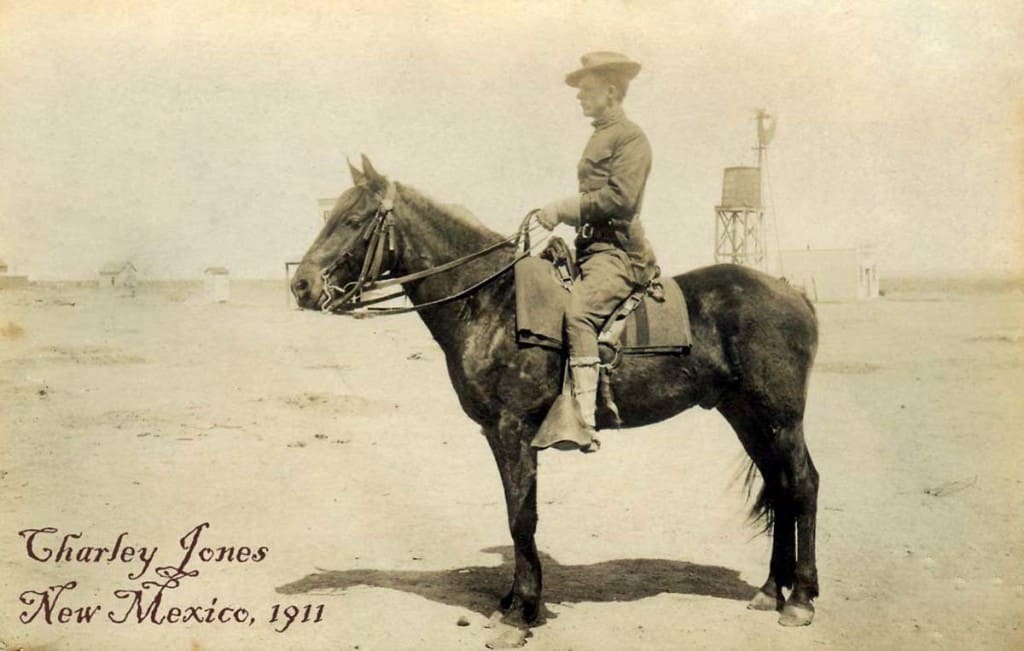
Once Charley was discharged, he and Verna moved to her home in Minnesota where their first daughter, Mildred Isabelle (my grandmother), was born in 1913. They eventually returned to Charley’s home and settled in Cairo, Illinois. Their son, Donald, was born in Cairo in 1915. A third son, Douglas, was born in 1919 during a trip back to Minnesota. The family spent much time traveling back and forth. At that point in time, there was one highway in Illinois that ran nearly the entire length of the state. Even in winter months, they traveled in an open air car (Grandma couldn’t remember what kind) with burlap flaps that blocked some of the chill and wind. The trek was long and tedious, especially with toddlers.
The Myth
My dad told me when I was little that Charley had ridden with Teddy Roosevelt and the Rough Riders and had won a Congressional Medal of Honor because of a brave and heroic act while in the Army. These were things he had grown up hearing from Verna, his grandmother. Verna lived with Daddy and Mildred until her own mother passed in 1951, then on and off for many years after.
There is one certainty about researching family history … it becomes easier to spot the “truth stretchers” and “fish tales” that are often passed down.
Charley wasn’t awarded a Medal of Honor and he wasn’t a Rough Rider. I suspect Verna will haunt me for eternity knowing that I KNOW she fibbed. Oh, well. Maybe she can answer some questions!
The Mob
I’m not exactly sure why Charley chose to return home with his family in the 19-teens. I suspect employment had something to do with it … connections even more so. While no census record or city directory will show any occupation other than carpenter, painter, paper hanger or decorator for Charley, I have photos and a Sheriff’s badge that say he did more than odd jobs.
The infamous mob activity in southern Illinois was getting grips in Charley’s early days back home. Bootlegging was in full swing here during Prohibition, along with other nefarious activities. That same highway on which Charley, Verna and their babies traveled to and from Minnesota was the same highway mob activity traveled to and from Chicago.
Charley was a Deputy Sheriff for four years under Alexander County, Illinois Sheriff Charles Koehler. His Army background was undoubtedly beneficial as he and his fellow deputies attempted to keep Cairo on the up and up.
Charley died on November 11, 1938 in his home in Cairo. He was 53 years old. Daddy’s father, Joab Moore, officiated the service. Charley was laid to rest in the Mound City National Cemetery, in Mound City, Illinois on November 12, 1938. The latest photo I have of Charley is below … he is on the left. I’m not sure who the younger man is.
I didn’t know Charley, but every year on October 15th, I pass by his portrait in my hallway and wish him a happy birthday.


